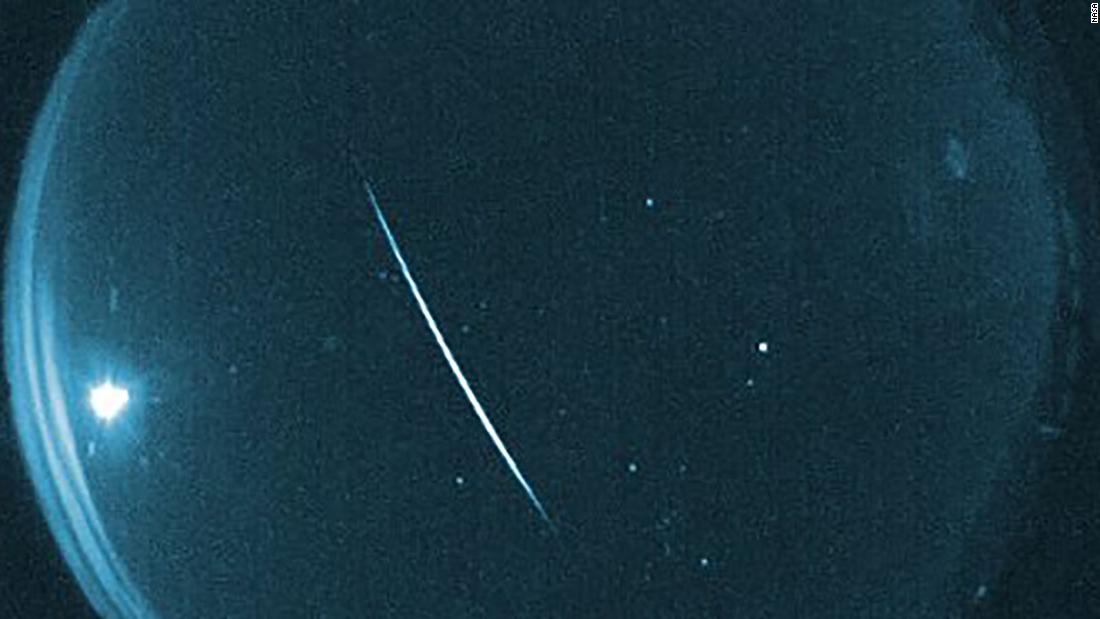
But the peak is brief, only lasting about six hours. The peak is estimated to arrive at 3:20 a.m. ET on January 4, according to the American Meteor Society. And it will be best seen in the Northern Hemisphere.
Skygazers hoping to see the estimated 50 to 100 meteors in the dark, early morning sky should be prepared to look up at least an hour before the peak in case it begins early, but EarthSky suggests watching starting in the late evening of January 3.
Although the moon will be 58% full, it shouldn't affect skygazers in North America during the early morning hours, except on the West Coast. The timing of this shower will make it most visible for those in the western Atlantic region and eastern North America.
Check Time and Date to see what your chances are like, or just take a look for yourself outside.
What's in a name?
If the meteor shower's name sounds odd, it's probably because it doesn't sound like it's related to a constellation, like other meteor showers. That's because the Quadrantids' namesake constellation no longer exists -- at least, not as a recognized constellation.
The constellation Quadrans Muralis, first observed and noted in 1795 between Bootes and Draco, was not included in the International Astronomical Union's list of modern constellations. The meteor shower radiates between the Big Dipper and Bootes.
Like the Geminid meteor shower, the Quadrantid comes from a mysterious asteroid or "rock comet," rather than an icy comet, which is unusual. This particular asteroid is 2003 EH1, which takes 5.52 years to orbit the sun once.
The shower's short peak is because only a small stream of particles interacts with our atmosphere, and the stream occurs at a perpendicular angle. Each year, Earth passes through this debris trail for a short time.
If you live in an urban area, you may want to drive to a place that isn't littered with city lights that will obstruct your view. If you're able to find an area unaffected by light pollution, meteors could be visible every couple of minutes from late evening until dawn.
Find an open area with a wide view of the sky, and don't forget to bundle up. Make sure you have a chair or blanket so you can look straight up. And give your eyes about 20 to 30 minutes to adjust to the darkness -- without looking at your phone -- so meteors are easier to spot.
https://news.google.com/__i/rss/rd/articles/CBMiUWh0dHBzOi8vd3d3LmNubi5jb20vMjAyMC8wMS8wMy93b3JsZC9xdWFkcmFudGlkLW1ldGVvci1zaG93ZXItc2NuLXRybmQvaW5kZXguaHRtbNIBVWh0dHBzOi8vYW1wLmNubi5jb20vY25uLzIwMjAvMDEvMDMvd29ybGQvcXVhZHJhbnRpZC1tZXRlb3Itc2hvd2VyLXNjbi10cm5kL2luZGV4Lmh0bWw?oc=5
2020-01-03 11:59:00Z
52780521390201
Bagikan Berita Ini















0 Response to "Quadrantid meteor shower, first of the new year, peaks this weekend - CNN"
Post a Comment